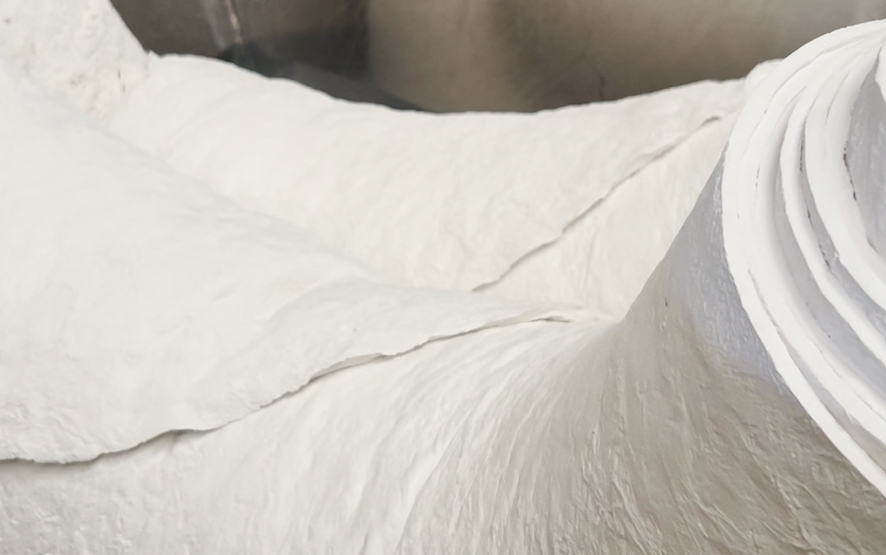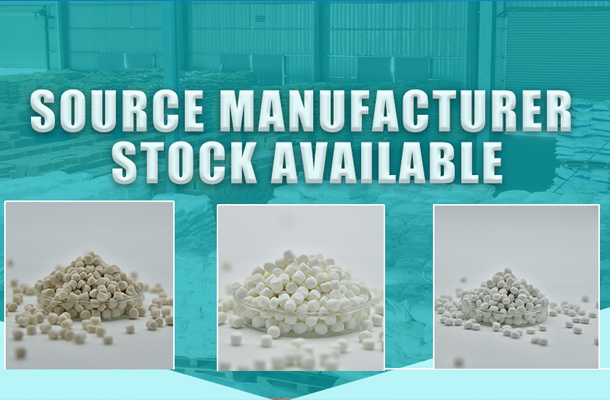EVA foam formula generally consists of the following raw materials: main material, filler, foaming agent, bridging agent, foam accelerator, lubricant.
The main material is EVA or PE, of course, in order to improve the physical properties of the product, you can also add some other materials, such as rubber, POE (polyethylene octene co-elastomer), etc., and can even add a little TPR (is a kind of both rubber and thermoplastic properties of the material) to strengthen some physical properties.
EVA, the main indicator is the VA content, its high and low decision almost with EVA foam products have a direct relationship with all the properties. Of course. Some only use PE can also be foamed. Specifically with what the main material or to see the requirements of the product.
1、filler
Currently generally use calcium carbonate or talc. It is used to reduce costs, increase product rigidity, etc., can also play a role in a little thermal conductivity. Generally to the particle size as a quality indicator (of course, the water content is also one aspect), such as 120 mesh, 400 mesh and so on. In principle, the finer the better, of course, the price will be higher. Maximum dosage in the formula I have seen 40Phr (dosage for the percentage of the main material).
2、foaming agent
Generally accustomed to using AC series of blowing agent, such as AC-3000H, AC series of blowing agent belongs to the high temperature blowing agent, decomposition temperature above 220 ℃. There are also low-temperature blowing agent, such as AD-300, decomposition temperature of 140 ℃, there are also medium-temperature blowing agent. Because the price difference is not big, and high temperature blowing agent will be relatively stable, so now many old do EVA are changed to high temperature, also with the use of AC dosage, according to the specific multiplier.
3、 bridging agent
Now the most used is DCP (di-sec-octyl phthalate), previously also used TAIC, PL400, etc. DCP's half-life of 180 ℃ is 1 minute, 130 ℃ is 10 minutes, so it is, the general practice material, the temperature try to control the temperature below 120 ℃. Some products on the odor requirements, you can use another bridging agent BIPB, it is generally used in conjunction with TAIC. DCP dosage, in the flat foam and in-mold small foam, generally with 0.5-0.6Phr, shot out of the bubble in general 0.8-1.0Phr. Of course, there are appropriate to add or subtract a little bit of the different uses of this.
4、Foaming promoter
Now there are two kinds of zinc oxide powder and zinc stearate powder. We used to use these two with, now only use zinc oxide. A single can also achieve the effect, and the stability of the product may also be better. Zinc oxide lowers the decomposition temperature of AC to about 160°C, which makes it easier to produce. We have a consensus here, the general amount of zinc oxide does not exceed 0.2Phr, too much product shrinkage will be relatively large. Of course, too little if the foaming speed is too slow, so it is best not to be lower than 1.0hr/
5、Lubricant
Generally use stearic acid. In fact, it does not have much effect, is to let the practice of material, do not stick to the machine. Use more rather bad, because it can reduce the friction between the points, so that most of the physical properties are reduced. Recommended 0.5Phr.








